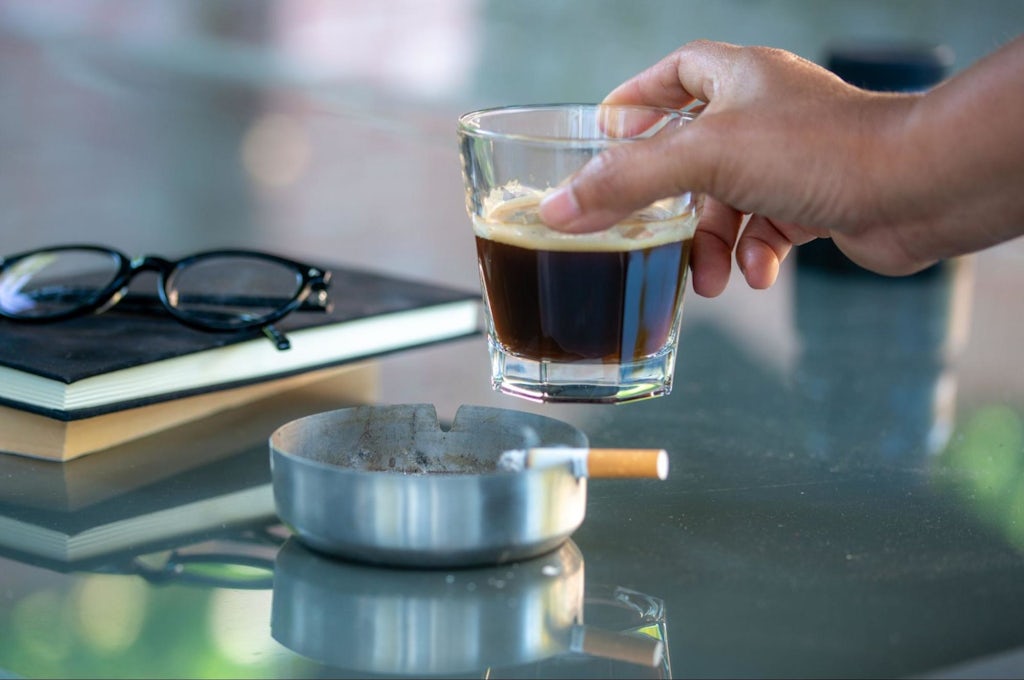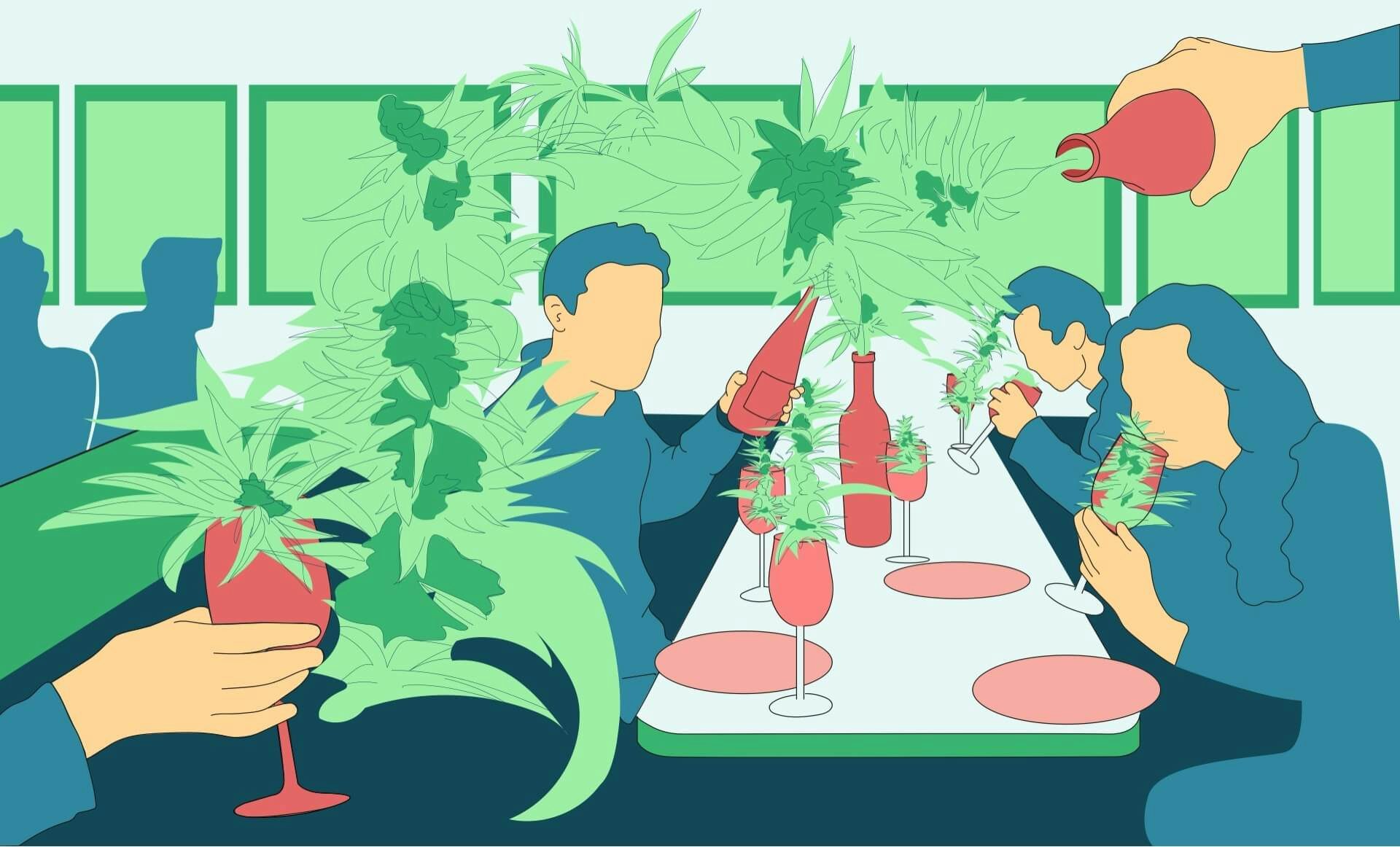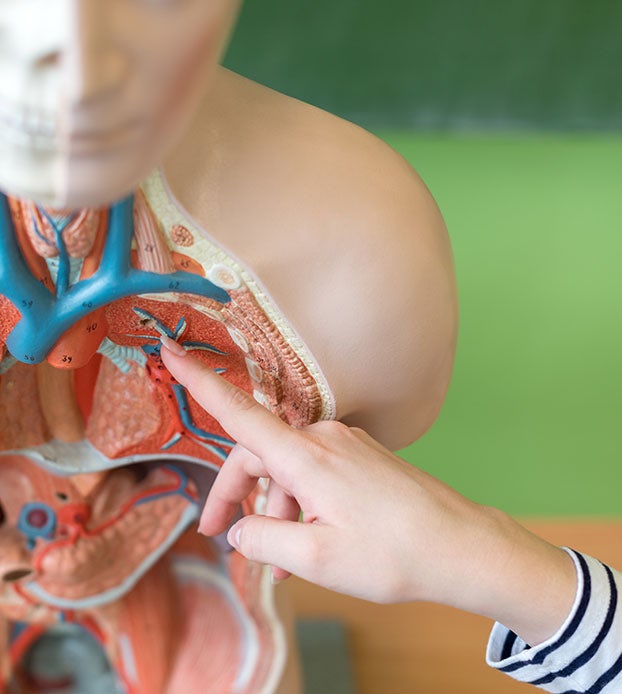If you’ve ever tried cannabis you’ll be familiar with some of its most common side effects. For example, cannabis cotton mouth and the munchies both often accompany a high. While pizza cravings certainly aren’t ideal, however, they don’t represent a medical event worthy of serious concern.
But what about involuntary shakes and tremors after using weed? Anecdotal reports suggest that for some users, getting high can lead to spontaneous muscle twitching that can be funny—or downright frightening.
In fact, a number of straightforward factors may help to explain this unusual phenomenon.
Why do I shake when I’m high?
The jury is still out on why exactly getting high can be followed by tremor-like movements. At present, there’s research exploring how cannabis can help to treat tremors–such as those that occur with disorders such as Parkinson’s or multiple sclerosis—but little research into whether cannabis can actually cause tremors.1
Anecdotal reports on Reddit suggest that weed shakes aren’t limited to smoking—they can also follow consumption of edibles too.
Multiple factors may be to blame for the weed shakes. “Some people experience weed shakes when they regularly use weed–however, the cause of them can be many different things,” says Joey DiFrancesco, President and Founder of Lolahemp.
Some of the main reasons you may experience the weed shakes include:
Being cold
When we’re cold, we shake or shiver. THC, one of the major cannabinoids present in cannabis, can lower body temperature–a phenomenon that has been clinically proven in animal populations and noted in humans as well.2
Although dangerous THC-induced hypothermia is pretty much unheard of in human populations, cannabis does commonly lower the body’s basal temperature, which may lead to shivering and shaking. Researchers suggest that cannabis affects nitric oxide in the body, which may regulate the effects of cannabinoids on body temperature.3

Too much THC
Another factor that can up the “shake” stakes is too much THC. Cannabis cultivars with higher concentrations of THC can make newbie users (or in some cases, seasoned users too) feel jittery and shaky. In addition, if you consume too much THC at once, you may experience an onslaught of psychoactive effects, possibly accompanied by paranoia.
When smoking or vaping, it’s recommended to take one hit, wait ten or fifteen minutes to see how you feel, then take another. Successive hits can lead to too much THC in the body, which subsequently may result in shaking. Likewise, less is more with edibles. Following consumption, THC is metabolized in the liver into potent 11-Hydroxy-THC that can linger in the system longer than inhaled weed. It is unclear if THC metabolites contribute to the weed shakes.
Some users also point to the different cannabis strains or cultivars causing the weed shakes. It’s been suggested that sativa strains, for example, are more likely to lead to a mental high followed by jitteriness. Indica, on the other hand, is often touted as producing a chill high that’s experienced in the body. There’s currently a school of thought, however, that such distinctions are arbitrary and in fact don’t mean anything. Different varieties of cannabis likely lead to distinct experiences based on the unique terpene and cannabinoid profile present in cannabis.4
Anxiety or nervousness
Similar to being cold, being anxious can often lead to trembling or shaking. It’s widely recognized that cannabis can cause anxiety or paranoia at higher doses, and some people seem to be more susceptible to these effects than others. Studies in human populations have shown that higher doses of THC are often followed by anxiety, contrary to the notion of people using marijuana to mellow out or relax.5
Over-stimulation from combining substances
Combining cannabis with other stimulants may also contribute to unwanted twitching or jitteriness. “One of the most common causes of shaking after taking weed is overstimulation”, says Erin Zadoorian, CEO and Executive Editor at the Ministry of Hemp. “This usually occurs when you take your weed with other substances like tobacco or caffeine.”

When weed is rolled with tobacco in a joint, for example, the central nervous system (CNS) gets an extra hit–since both cannabis and tobacco affect this critical system, as the CNS is filled with cannabinoid nicotine receptors.
Likewise, coffee, black tea, and caffeinated beverages, also central nervous system stimulants, may further stimulate the CNS resulting in involuntary tremors or shakes. ”Remember that weed by itself can be a stimulant already. When mixed with other stimulants like tobacco and caffeine, overstimulation occurs,” Zadoorian cautions.
Low blood sugar
While it’s not been well established in clinical studies, it’s possible that the shaking could be related to low blood sugars. The endocannabinoid system (ECS) is involved in glucose balance, and the cannabinoid receptors on muscles are involved in glucose balance.
And even though many cannabis users do get the munchies and tend to eat more than non-users, marijauna smokers have been found to have smaller waists and less obesity. One study actually found that current marijuana users were actually more sensitive to the effects of insulin and the body did not create as much insulin as those who didn’t consume high-THC cannabis.6
How long do the shakes last?
If you’ve smoked or vaped weed, the shakes shouldn’t usually last longer than 30 minutes. However, if you’ve ingested edibles, the shaking may persist for a few hours.
The dose you’ve consumed is a factor too–larger doses of weed, or more THC-concentrated cultivars, may result in a longer time trembling. This is all likely dictated by the THC levels in the body, so this timerame can only be considered an estimate because of the metabolic variabilities between individuals.
How to stop the cannabis shakes
There are a range of tactics that may help reduce the likelihood of the weed shakes or ease them if they’ve already set in. These include:
Keep warm
Wrapping up warm is a quick and easy fix to cease unwanted shaking, especially since it may be THC decreasing your body temperature that is causing it. Calming yourself down represents another. DiFrancesco recommends, “The best way to treat cannabis shakes is to be in a state of calm when you can, stay warm, and to stop or reduce cannabis consumption if the shakes get too much.”
Take deep breaths
If you’re feeling shaky and anxious, focus on taking deep, slow breaths to activate the body’s parasympathetic nervous system. Entering a parasympathetic state helps the body to relax by entering rest mode, instead of fight or flight mode. Playing soothing music may also help to distract the mind and body from shaking and promote a more mellow state.

Restrict the use of other stimulants
Restricting the use of other stimulants may also be vital to stopping the shakes. “If your weed shake episodes are caused by overstimulation, it is best to lessen the consumption of other stimulants,” says Zadoorian. “Stay away from tobacco, coffee, and tea.”
Consider CBD products
Finally, CBD may be a game-changer in mitigating tremors. CBD has been recognized to alleviate some of the unwanted side effects of too much THC, such as anxiety and psychomotor impairment.7
A drop of CBD tincture under the tongue may help to ease the cannabis shakes. “I recommend consuming CBD as it has been shown to counter some of the effects of THC,” says Zadoorian. “Just make sure to use a CBD isolate, as you wouldn’t want to introduce more THC into your body!”
Sources
- Arjmand, S., Vaziri, Z., Behzadi, M., Abbassian, H., Stephens, G. J., & Shabani, M. (2015). Cannabinoids and Tremor Induced by Motor-related Disorders: Friend or Foe?. Neurotherapeutics : the journal of the American Society for Experimental NeuroTherapeutics, 12(4), 778–787. https://doi.org/10.1007/s13311-015-0367-5
- Smirnov, M. S., & Kiyatkin, E. A. (2008). Behavioral and temperature effects of delta 9-tetrahydrocannabinol in human-relevant doses in rats. Brain research, 1228, 145–160. https://doi.org/10.1016/j.brainres.2008.06.069
- Temple University. (2004, March 9). Researchers Identify Clues About Marijuana Effects. ScienceDaily. Retrieved August 28, 2021 from www.sciencedaily.com/releases/2004/03/040309071927.htm
- Daniele Piomelli and Ethan B. Russo.Cannabis and Cannabinoid Research.Dec 2016.44-46.https://doi.org/10.1089/can.2015.29003.ebr
- Sharpe, L., Sinclair, J., Kramer, A. et al. Cannabis, a cause for anxiety? A critical appraisal of the anxiogenic and anxiolytic properties. J Transl Med 18, 374 (2020). https://doi.org/10.1186/s12967-020-02518-2
- Penner EA, Buettner H, Mittleman MA. The impact of marijuana use on glucose, insulin, and insulin resistance among US adults. Am J Med. 2013;126(7):583-589. doi:10.1016/j.amjmed.2013.03.002
- Pennypacker, S.D. and Romero-Sandoval, E.A. (2020), CBD and THC: Do They Complement Each Other Like Yin and Yang?. Pharmacotherapy, 40: 1152-1165. https://doi.org/10.1002/phar.2469
Sign up for bi-weekly updates, packed full of cannabis education, recipes, and tips. Your inbox will love it.

 Shop
Shop Support
Support


















